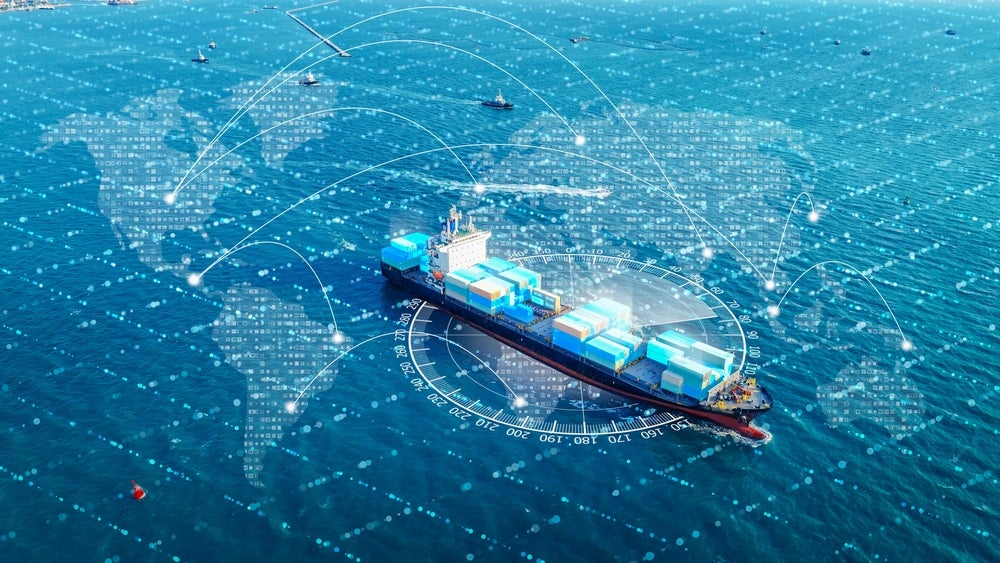
Consultants at the University of Southampton’s Wolfson Unit have confirmed the validity of UK-based Windship Technology’s patented triple wing rig.
The study, which predicted performance reduction for a 125,000DWT vessel, showed that the company’s rigged commercial vessels will achieve fuel savings of around 33%.
According to Windship Technology technical director Simon Rogers, the company’s True Zero design could eliminate CO2, NOx, SOx and particulate matter by incorporating large solar arrays, carbon capture, optimised hull shapes and specialised weather routing software.
We speak to Rogers about the study’s wider implication and how Windship Technology’s triple rig will save fuel and reduce commercial vessel emissions.
Ilaria Grasso Macola (IGM): What were the findings of the University of Southampton on your patented wing rig?
Simon Rogers (SR): The findings of the Wolfson Unit at the University of Southampton were the result of modelling a 125,000t ship and running the hydrostatic calculations to look at the performance overall and the integration of the computational fluid dynamics results and combining them with the overall performance profile.
How well do you really know your competitors?
Access the most comprehensive Company Profiles on the market, powered by GlobalData. Save hours of research. Gain competitive edge.

Thank you!
Your download email will arrive shortly
Not ready to buy yet? Download a free sample
We are confident about the unique quality of our Company Profiles. However, we want you to make the most beneficial decision for your business, so we offer a free sample that you can download by submitting the below form
By GlobalDataWhat was discovered is that the results were really substantial and at a ship speed of 12 knots, we had about fuel savings of about 33% in a fully loaded condition. We have about 8% better performance in the unloading conditions.
So [between] 10 and 12 knots, we’re getting nearly 48% in full loaded condition and over 50% in ballast condition. We are likely to be between 35% to 40% fuel saving on a North Atlantic route taking all seasons into account just with wind.
IGM: How were tests conducted?
SR:They were conducted by the Wolfson Unit using its in-house velocity prediction programme. It’s a piece of software that combines the water side (Hydro) of the analysis with the air side (Aero) and is a commercially recognised and validated piece of software.
IGM: Are you happy with the results? What do they mean for Windship?
SR: [The results] demonstrate beyond what we have already predicted, [the cost] of the True Zero solution has actually come out much better than we expected.
With [Windship] we think [we could achieve] fuel savings of over 35% to 40%, so it just further answered the validation that True Zero will be a reality very soon.
IGM: Let’s talk about your technology. How does it work?
SR: [Our product] is three vertical wings and what we were able to do with that is to have a big rotating bearing on the deck. The three vertical wings are 48m tall – they are bigger than a 380 wing so they are really massive – and each one of those fixed wings has four trailing edge flaps.
It’s basically three aircraft wings with flaps bolted together and rotating on a bearing to set up the angle of attack. And when the direction of the wind changes, we tack like a sailing boat, changing the canvas section of the back of the rig for the new wind direction.
It’s a very powerful system and our solution has the highest power density and height rigs of any wind solution in the world.
IGM: What benefits will the technology bring to vessels?
SR: Wind Technology alone will be responsible for reducing fuel consumption by conservatively 30%.
In this situation, we are looking at probably nearer 35% to 40% fuel saving. And that is only achievable in new ships, where we have the new drive train as well. We are able to optimise the engine for the thrust that is produced by the rig.
The benefits to the environment are considerable, as the combination with the carbon capture and heat recovery system eliminates the SOx, NOx, the particular matter and all of the CO2.
That’s what we are verifying with DNV at the moment, but it will be an absolute revolution for the industry.
IGM: What’s the next phase?
SR: We are planning on building two prototypes. The wing themselves are made out of composite material, very similar to the wind turbine industry.
It’s well-proven technology and that can be manufactured in the UK. We will build two prototypes, which will be fitted to an existing ship for trials and at the moment we are working with owners to make this possible.
It’s a two-year programme and whilst we are doing prototype testing, we will also be building a factory for production.







